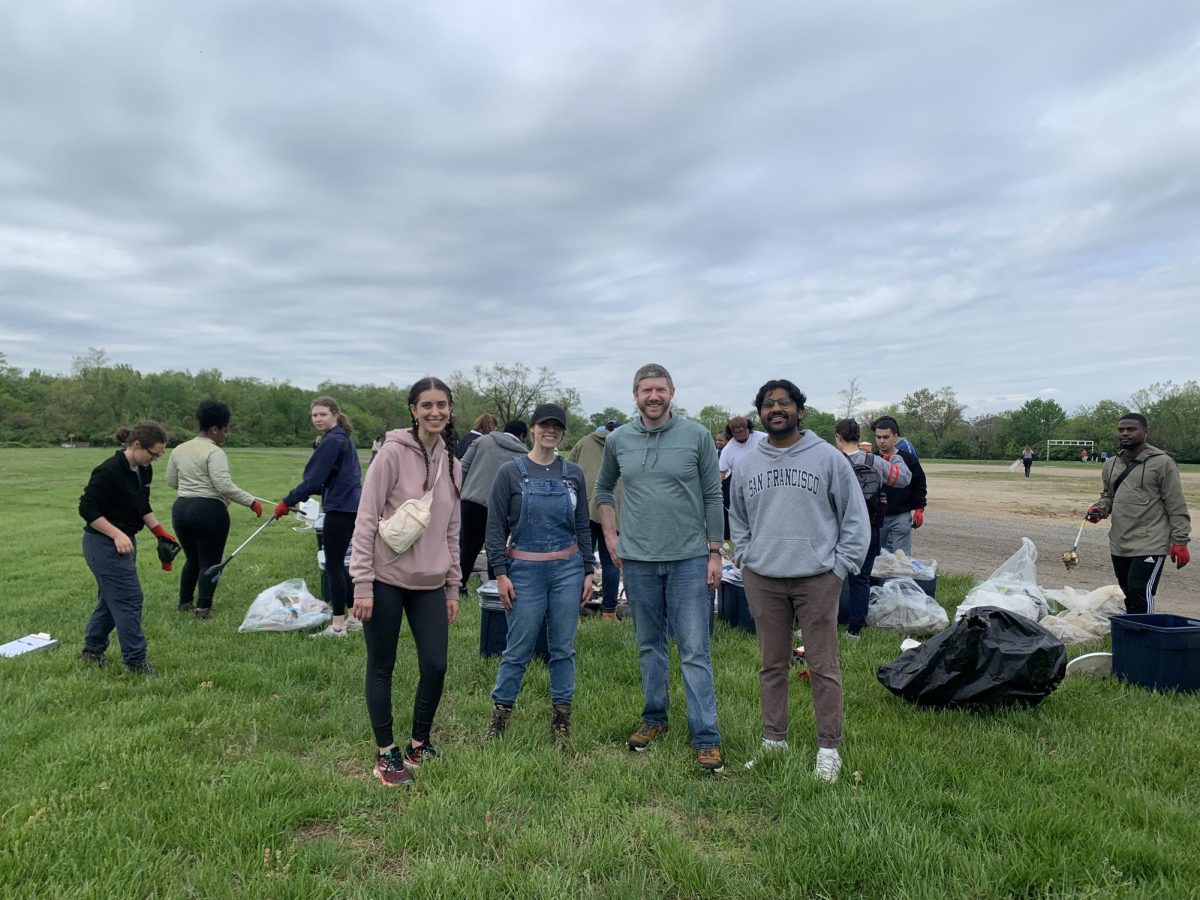In an attempt to advance Georgetown’s reputation as a connected, worldly university, the Office of Communications founded the Social Media Working Group in 2012 with the goal of developing a unified strategy for social media as an engagement tool on campus at the administrative level.
Although the administrative working group has seen much success, a partner student working group is still waiting to take off.
Since its creation, the administrative working group has focused on publicizing the Georgetown experience from students’ perspectives.
“It’s been really fun to experiment and talk with students about the way that we can allow them to tell their experience of events, not just in the typical way that we would tell outside audiences about what happens on campus,” University Social Media and Communications Manager Rob Mathis said.
For example, the group has dispatched student live tweeters to high-profile Georgetown events and put out short student news profile clips of events.
Mathis also reported that while there is widespread interest in the formation of the partner student social media working group, it has not gotten off the ground yet.
“We put a poll out there and there was a lot of interest in it, but I don’t know that we are ready yet and that we understand what the most useful way is for students to come together on it. We want it to start as organically as the university-level working group did,” Mathis said.
Cody Cowan (SFS ’14) is working with Mathis in determining the best way to create a student working group, but efforts have been met with difficulties.
“Our original intent was to provide students and student groups with the resources and support that university departments and administrators have through their working group, but at the same time, student groups are not all the same, and not all trying to show a united front,” Cowan said.
Another issue is that the amount of information to put out for student groups is significantly less than administrative level information, which takes away from the prospective student working group’s usefulness. Despite these obstacles, Cowan has hope for student-run social media at Georgetown and has seen marked progress in university groups’ usage of social media resources since he arrived on campus four years ago.
“[Four years ago] some clubs didn’t have HoyaLink pages, some had websites and Facebook groups, and some didn’t. Some clubs have definitely gotten a lot better [with social media], and The Corp is probably at the top of the hierarchy because they have an entire department dedicated to IT and marketing,” Cowan said.
Students of Georgetown Inc. Marketing Director Norma Hutchinson (SFS ’16) noted the increasing importance of social media in the group’s marketing campaign.
“I think in the next year social media is going to play an even more pivotal role in marketing and how we structure our department, how we campaign and how we focus our resources,” said Hutchinson.
While The Corp and other student groups used to advertise through more traditional media, including paper flyers, social media has changed the nature of student-group advertising and awareness efforts.
“We’ve noticed that a lot of students don’t engage with flyers as much anymore. It’s not a physical thing that is just posted around campus anymore. Everything is through social media, and we’ve moved a lot more towards that route,” said Hutchinson, who helps maintain The Corp’s large Facebook, Twitter and Instagram presences.
International Relations Club Chair of the board of directors Jeff Caso (SFS ’15) detailed the student group’s increasing social media movement.
“We’ve made the decision to switch from using a Facebook group to a Facebook page. This enables us to post material, such as photos and events, as the IRC. We’ve found that this is a great way to market events to a larger demographic. We typically host events that are very specialized substantively, so it’s excellent to be able to reach an audience composed of the entire Georgetown community,” Caso wrote in an email.
In addition, the group launched a new website, expanded its Flickr account to capture visual memories of IRC events and posted its membership and leadership applications as Facebook event pages to expand their reach.
With student groups amplifying their respective social media efforts, and the SMWG working to improve the university’s social media prowess at the administrative level, Georgetown is set to strengthen its grasp on multimedia recruitment, fundraising and event awareness. Mathis believes that this ongoing process will require all facets of the university to work in cohesion.
“I think social media is really becoming the home page for any organization. I have always said ‘If you want to go fast, go alone, but if you want to go far, then go together.’ I think the working group has been really great at that,” Mathis said.














